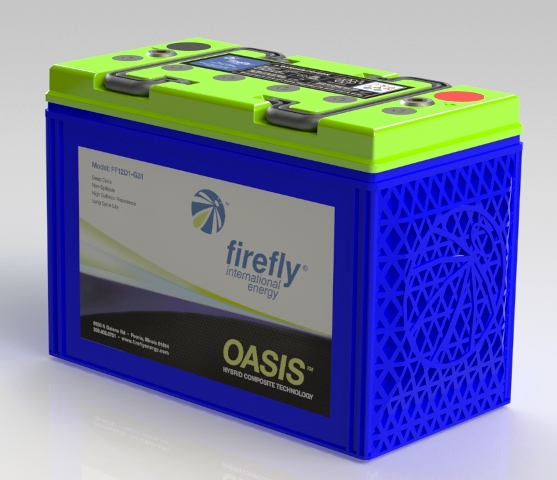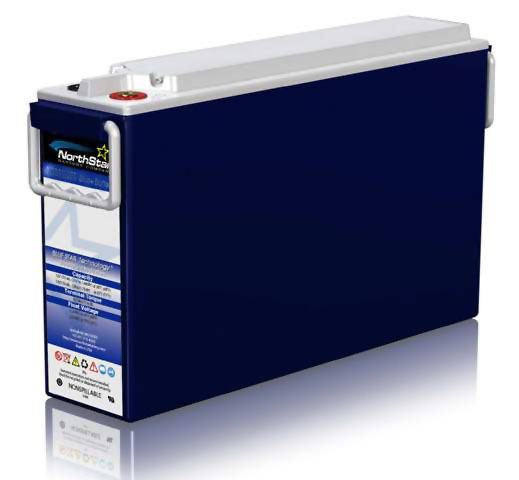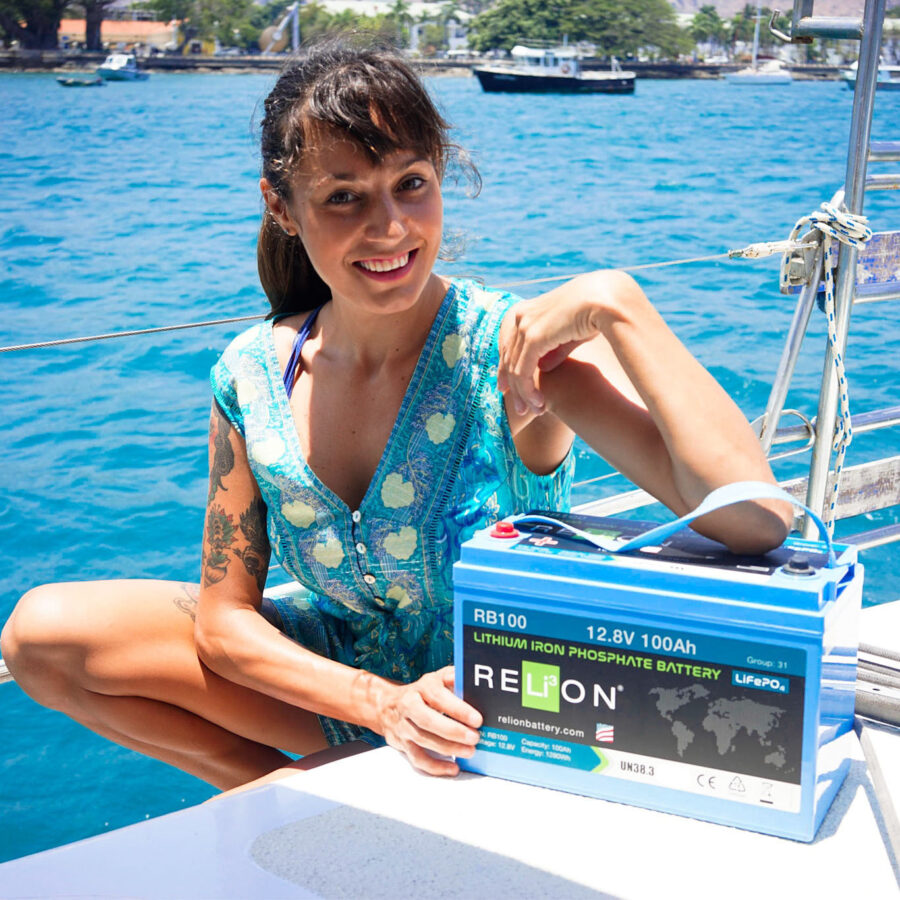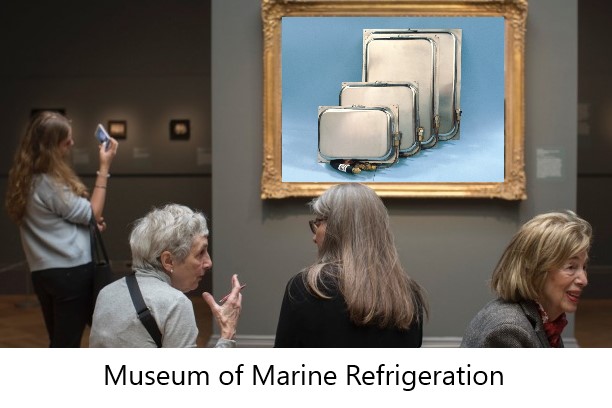Phone: (301) 352-5738
Email: info@CoastalClimateControl.com
Office | Warehouse:
1598 Whitehall Road, Suite D
Annapolis, Maryland 21409
How to Kill a Battery
 We spend considerable time and effort trying to help boat operators understand how to look after their batteries, but we still hear of way too many premature deaths. So in an effort to get the message across from a different angle, we offer the following advice on how to inflict serious harm and punishment on expensive batteries without really trying.
We spend considerable time and effort trying to help boat operators understand how to look after their batteries, but we still hear of way too many premature deaths. So in an effort to get the message across from a different angle, we offer the following advice on how to inflict serious harm and punishment on expensive batteries without really trying.
Simply put, there are three main types of abuse you can employ to kill or maim your batteries:
- Excessive heat
- Physical damage (including vibration), and
- Poor charging routines
The first two I hope to be self explanatory, but the third requires some detailed explanation.
Flooded lead acid batteries, including AGM's, don't like being left for extended periods in a partially charged state. Doing so allows some of the lead sulfate crystals that form naturally on the negative plate during the discharge process to harden to the point where they can't then be dissolved the next time the battery is charged. This is known as sulfation which leads to an increasing loss of useable capacity as more and more crystals harden.
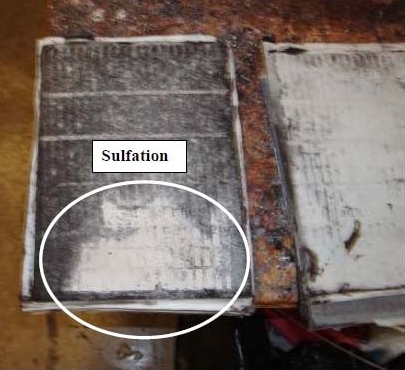 This ailment may not be noticeable in the early stages, but if you try really hard and persist with plenty of incomplete charge cycles, you will eventually inflict some serious, if not irreversible damage.
This ailment may not be noticeable in the early stages, but if you try really hard and persist with plenty of incomplete charge cycles, you will eventually inflict some serious, if not irreversible damage.
Now, if you have pangs of remorse and decide to apply first-aid to your battery while it's in an early stage of sulfation, you may be able to help it regain most or all of its lost capacity by using a high-voltage charge cycle known as a conditioning or equalizing charge.
There are also devices available that promise to desulfate a battery using high frequency or pulsing methods, although these have received mixed reviews.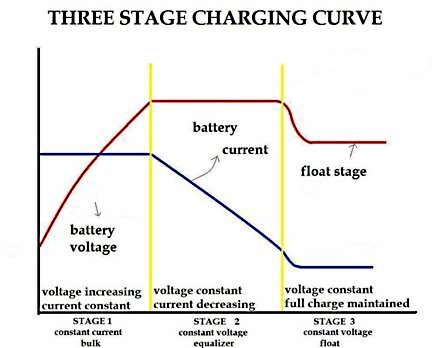 Some battery chargers are most helpful in facilitating premature battery death from sulfation by actually never fully charging the battery in the first place!
Some battery chargers are most helpful in facilitating premature battery death from sulfation by actually never fully charging the battery in the first place!
You see, probably the single most important setting in a battery charger is the one that decides when the change is made from acceptance mode to float mode. If that switch is made too early while the battery is still taking a significant charge current, then the battery will never get fully charged, and a long slow death from sulfation is almost certain.
If you have a significantly large battery bank you want to kill, then check out the specs of some chargers, and especially inverter-chargers. Some of these have a maximum time setting for the acceptance phase so that it times out and switches to the lower-voltage float stage after just one hour, which is woefully inadequate for large battery banks.
Relying on chargers with those characteristics on large battery banks is a hassle-free sure-fire way to reduce battery life expectancy from what should be ten years or more down to around two years.
When looking for batteries to kill, you should be aware of some sneaky new developments from some very clever battery manufacturers. There are batteries now available that are specifically designed to help prevent sulfation, known as Partial State Of Charge or PSOC batteries. The chemistry in PSOC batteries has been specifically formulated to reduce the possibility of sulfation by preventing the lead sulfate crystals from hardening during periods of partial discharge or when not fully charged.
So look out for PSOC products, like those from Firefly and Meridan, that are now going to be much, much harder to kill or maim, even when used with the type of sadistic slow-death-inducing chargers described above.
Firefly Oasis Group31 PSOC and Meridian 180 A/Hr Blue-Plus PSOC.
Alternatively, take a look at Lithium Iron Phosphate (LIFePO4) batteries, like those by RELiON. The time may have come for you and your boat to join the revolution!
By accepting you will be accessing a service provided by a third-party external to https://www.coastalclimatecontrol.com/


